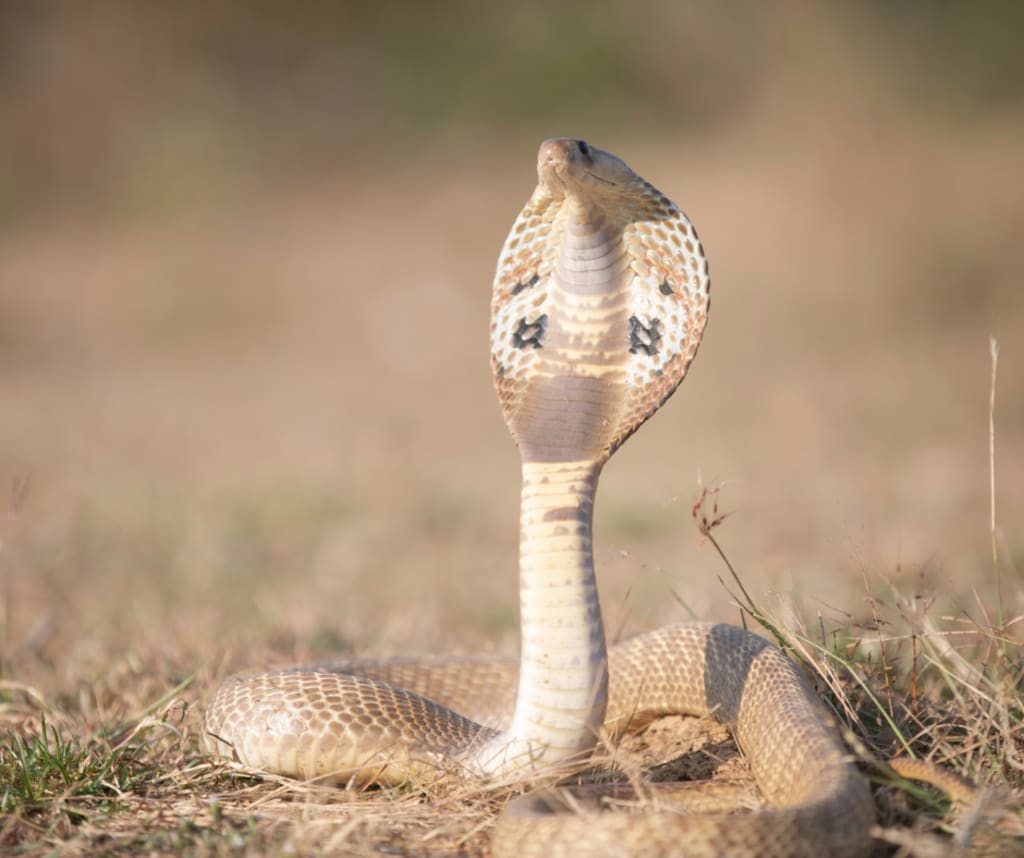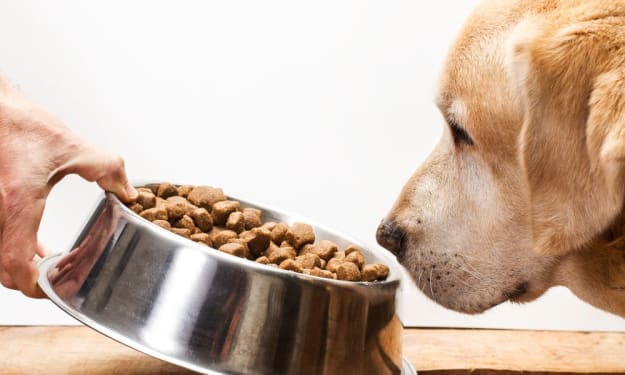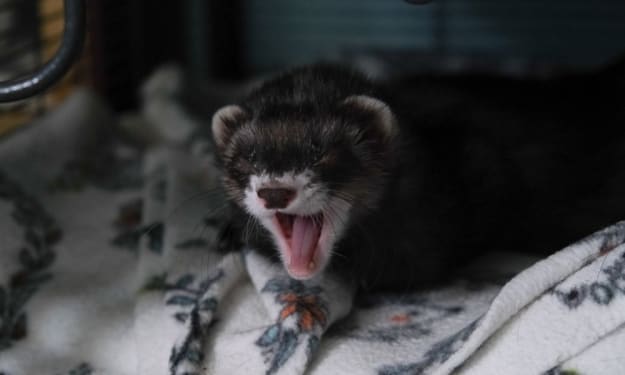King Cobra
The Majesty of the Cobra: A Look at the Beauty and Power of Nature's Most Fearsome Reptile

A cobra is a venomous snake that is found in various parts of the world. There are several species of cobras, ranging from the King cobra to the Spitting cobra. Cobras are known for their distinctive hoods, which they can expand when threatened, and their ability to spit venom from their fangs.
Cobras have been revered in many cultures throughout history. In ancient Egypt, they were seen as symbols of power and were kept as pets by pharaohs. In India, they are associated with the god Shiva and are seen as a divine representation of power and protection. In some parts of Africa, they are believed to be guardians of the dead and protectors of the living.
Cobras are found in a variety of habitats, including forests, jungles, deserts, and grasslands. They typically prefer tropical and subtropical climates, but can also be found in temperate climates. Cobras can be found in Africa, the Middle East, South Asia, and parts of Southeast Asia.
Cobras are carnivores and typically feed on small mammals, birds, lizards, and other snakes. They are ambush predators, lying in wait for their prey and then striking swiftly and accurately. Cobras have the ability to inject their venom into their prey through their fangs. This venom is a combination of neurotoxins, which can cause paralysis, and hemotoxins, which can cause tissue damage and internal bleeding.
Cobras can grow up to three meters in length, and some species can weigh up to nine kilograms. They are typically solitary creatures and are not known to form large colonies. However, some species do form small groups during certain times of the year.
Cobras have long been a source of fear for humans, but there is no evidence to suggest that cobras pose a major threat to people. While cobras can deliver a potent and potentially deadly bite, they are typically shy and have a tendency to avoid people. If threatened, they will usually make a loud hissing sound, expand their hoods, and sometimes spit venom.
Cobra venom is used in medical treatments for a variety of conditions, including heart disease, stroke, and cancer. It is also used in the production of antivenom, which is used to treat snake bite victims.
In the wild, cobras play an important role in the food chain, helping to keep populations of rodents and other small animals in check. They also provide food for eagles and other large birds of prey.
Cobras are a fascinating species, with an interesting history and a variety of distinct characteristics. Their impressive size and ability to spit venom make them an intimidating species, but they are not typically aggressive towards humans. As long as we respect these creatures and their habitats, we can continue to learn more about them and appreciate the important role they play in the natural world.
Cobra is a genus of venomous snakes found in tropical and subtropical areas throughout the world. The name Cobra is derived from the Latin word ‘cobra’, meaning ‘snake’. Cobras are members of the Elapidae family, which also includes species such as mambas, coral snakes, and sea snakes. Cobras can be identified by their characteristic hoods, which expand when they feel threatened.
Cobras are among the most feared of all snakes, due to their ability to inject a potent venom into their prey. Depending on the species, cobra venom can induce paralysis, destruction of red blood cells, cardiac arrest, and even death. Cobras play a vital role in their ecosystems, helping to keep rodent and insect populations in check.
Cobras come in a variety of sizes and colors, ranging from the small and slender Asian cobra, to the larger and more colorful king cobra. Most species of cobras are terrestrial, meaning they live on land, but some are semi-aquatic, living near water sources such as swamps, marshes, and rivers.
In terms of behavior, cobras are quite aggressive and will strike if they feel threatened. They are also capable of making loud hisses and growls when agitated, which can be quite intimidating. When hunting, cobras will wait patiently for their prey to come close before striking with lightning speed.
Cobras have a fascinating reproductive cycle. After mating, the female cobra will lay a clutch of eggs in a safe place, often in the ground or in a tree hollow. She will then coil around the eggs to keep them warm and protect them from predators. After hatching, the young cobras will remain with their mother for several weeks, learning how to hunt and defend themselves.
Cobras have a long and interesting history in human culture. In ancient Egypt, cobras were seen as symbols of royalty, and were often depicted in hieroglyphs and sculptures. In India, cobras are viewed with reverence, and are even worshipped in certain parts of the country. In some cultures, cobras are even seen as symbols of wisdom and protection.
Cobras are an amazing species, and the more we learn about them, the more fascinating they become. They are unique and powerful predators, and a vital part of their ecosystems. They have been revered and feared by humans for centuries, and will continue to fascinate us for many years to come.
About the Creator
Enjoyed the story? Support the Creator.
Subscribe for free to receive all their stories in your feed. You could also pledge your support or give them a one-off tip, letting them know you appreciate their work.






Comments
There are no comments for this story
Be the first to respond and start the conversation.